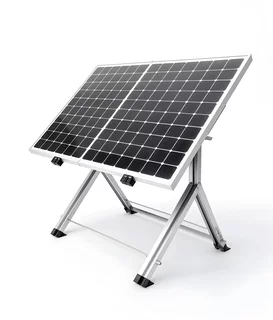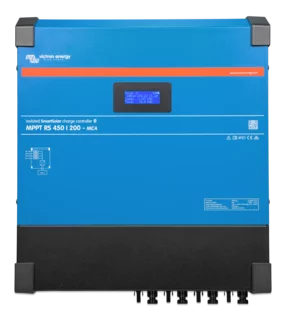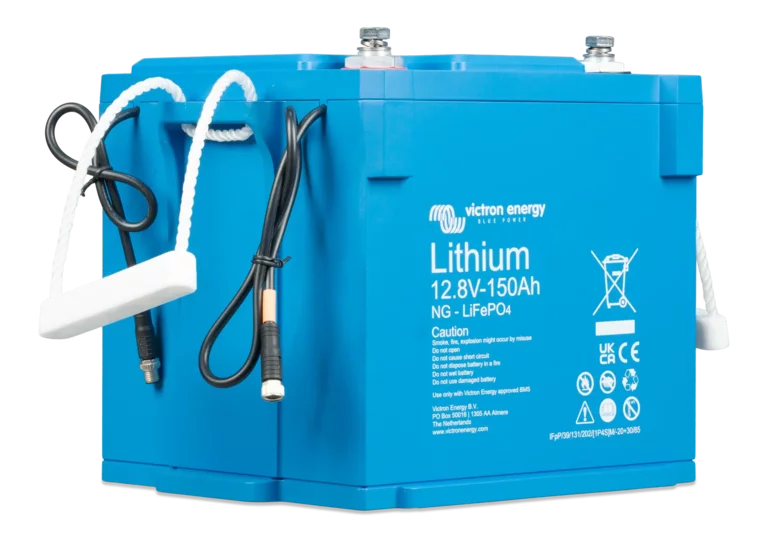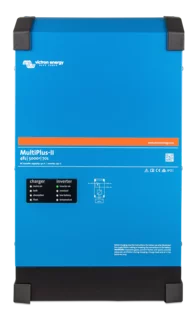1. Solar module:
Converts sunlight into direct current (DC).
The number and power of the modules are determined based on
energy requirements and local solar radiation.

2. Solar charge controller:
Regulates the voltage and current flow from the solar modules
to the battery.
Prevents overcharging and deep discharge of the battery, which
extends its service life.
Optimizes the charging process for the battery.

3. Battery/rechargeable battery storage:
Stores the direct current generated by the solar modules.
Provides the stored energy when needed, especially at night or
when there is little sunlight.
The capacity of the battery bank is determined based on daily
energy consumption and the desired autonomy time. Typical
battery types are lead-acid batteries (AGM, gel) or lithium-ion
batteries.

4. Inverter:
Converts the direct current (DC) stored in the battery into
alternating current (AC).
Alternating current is required to operate most household
appliances and electronic devices (230V AC in Europe). The
inverter must be powerful enough to cover the maximum
simultaneous power requirements of all connected devices.
Off-grid systems use special stand-alone inverters that are
designed to operate without a grid connection and often offer
additional functions such as battery management and emergency
power capability.
